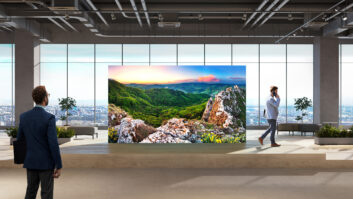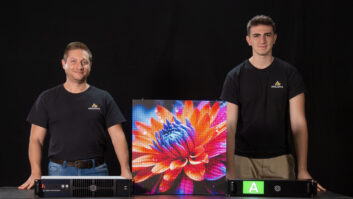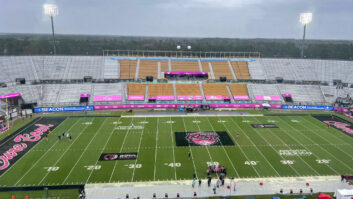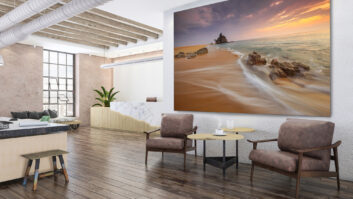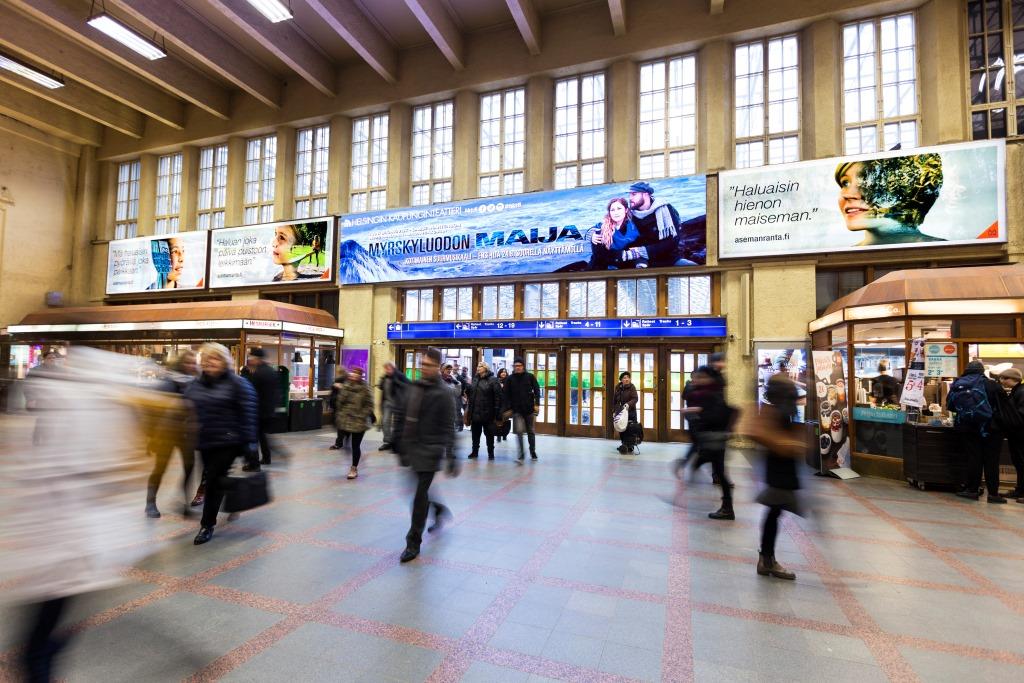
Nacho Perez, vice managing director Absen Europe, provides insight on the challenges of operating in high security environments such as airports and railway stations.
In airports and railway stations, what are the main advantages of installing LED over other display technologies?
The main available display technologies are LCD, LED and projectors. For airport and railway station applications, LED is the solution of choice. LCD is limited in size, and when adding multiple LCDs to create a videowall, visual performance doesn’t compete with LED because of the lack of colour uniformity and the seams created by LCD panels.
While projectors are able to deliver a visual solution of any size or shape, the visual performance is impacted by typical bright environments (in particular in airports) and the maintenance can be intensive. They are also not suitable for outdoor areas.
LED can be virtually integrated using any size or shape in both indoor and outdoor environments. Visual performance and impact are excellent as LED brings perfect uniformity, no bezels and are able to perform flawlessly in both bright and dark environments.
Are airports and railway stations some of the most challenging to operate in?
Most definitely. Airports are complex environments in the sense that they bring many challenges from a security, operational and design perspective because they are premium locations where both security and passenger experience are critical. Any given installation has to be validated by the security department, while the architectural design is also extremely relevant in order to ensure perfect integration with the look and feel of the airport.
As far as railway station applications are concerned, the biggest challenge lies in the cluttered air within the environment, and although particles and pollution are almost invisible, there is a lot of carbon and steel dust in the air, which can affect the performance of the displays installed. Having a highly IP rated and well protected solution is key to the success of a project in any railway environment.
Airports and railway stations are known for high levels of security, what effect does that have on the installation of display solutions?
Visual deployments within such applications must typically be approved by the security department, who are taking into consideration both the installation phase as well as the on-going required maintenance.
It is therefore important that the products allow for fast installation as most airports and railway stations only allow installation works while the facilities are not opened to the public (which in most cases are by night and for a few hours only).
The chosen locations for screen implementation shouldn’t interfere with any security devices already in place nor should they obstruct visibility of the security controls or cameras.
From an operational point of view, product reliability is key in order to minimise the number of interventions and allow for fast intervention in order to be completed within the working permission. Advertising space in these locations is also usually at a premium, in particular in airport environments, so customers are looking for reliable solutions that can easily be accessed and maintained in order to give constant high value to advertisers.
Are there marked differences between airport and railway station solutions around the world?
Airports tend to be more premium environments, with new constructions where integration and design is more important, whereas railway stations are more challenging from the product point of view as the environment is tougher and also constructions tend to be older with more difficulties for installation/operations. Geographically, the difference lies mainly in the level of infrastructure development for a region or country, so it is more common to see refurbishment in European transport environments, while other countries (in Asia in particular) will have more new projects where screen solutions can be taken into consideration in the early stages of the project development.


